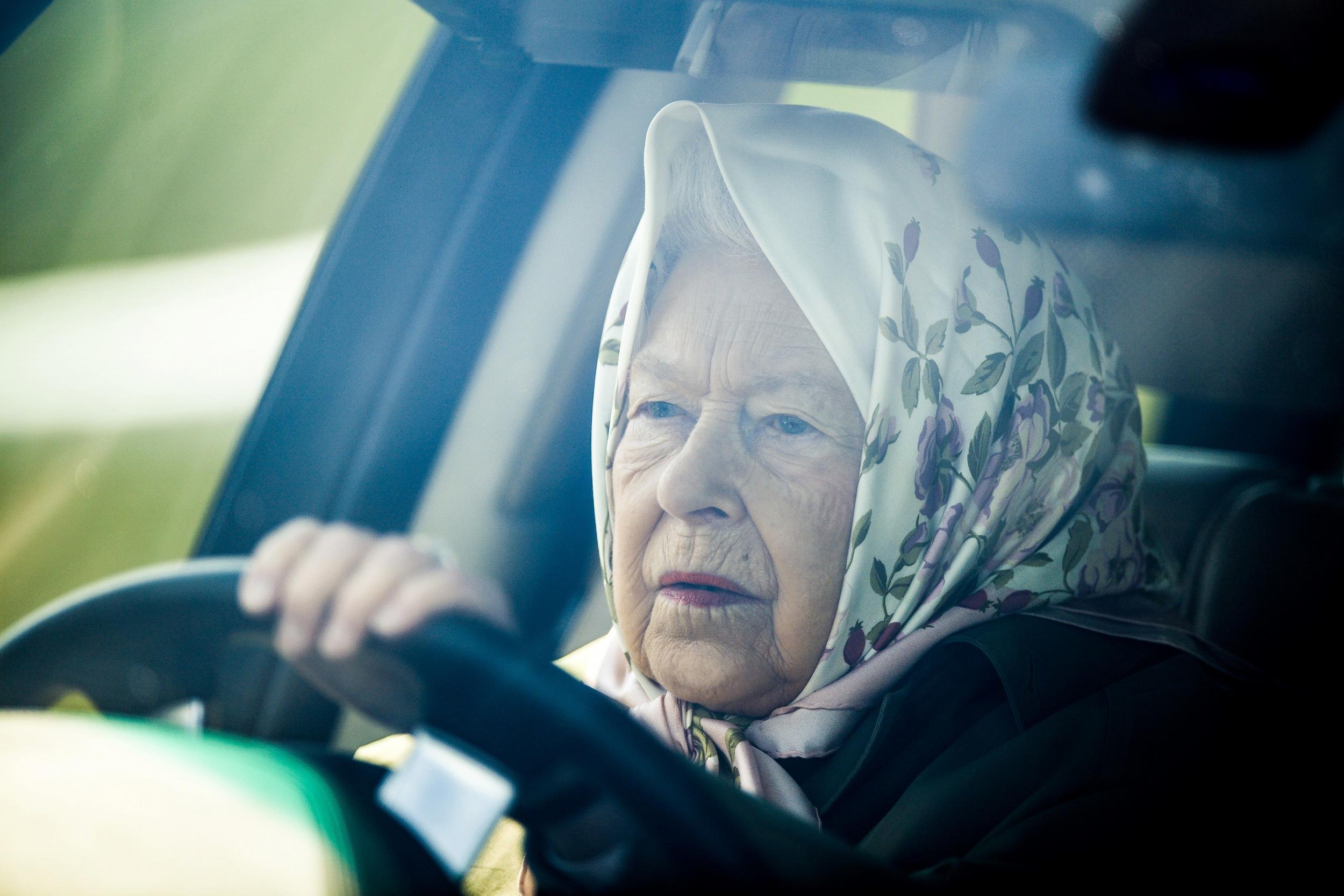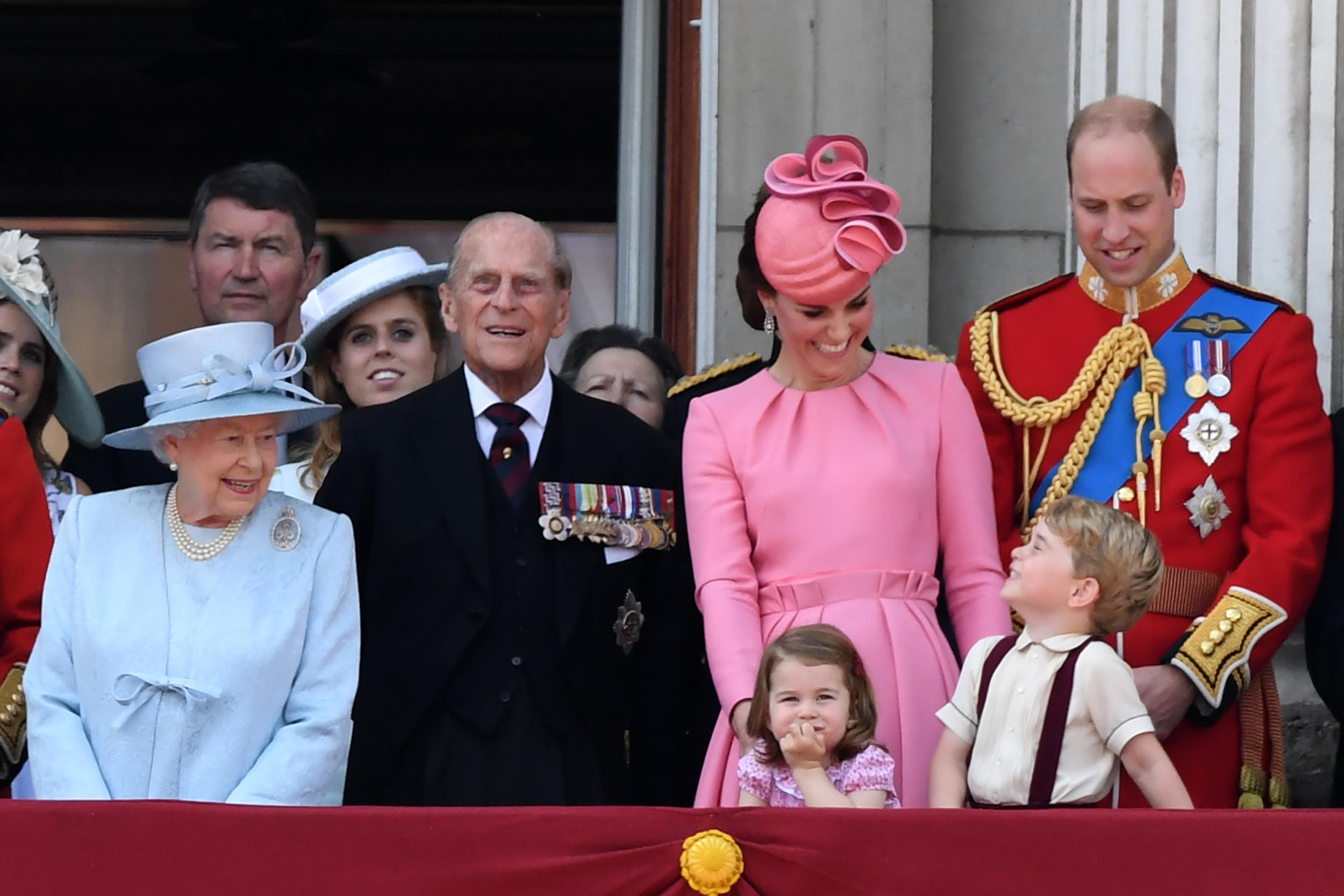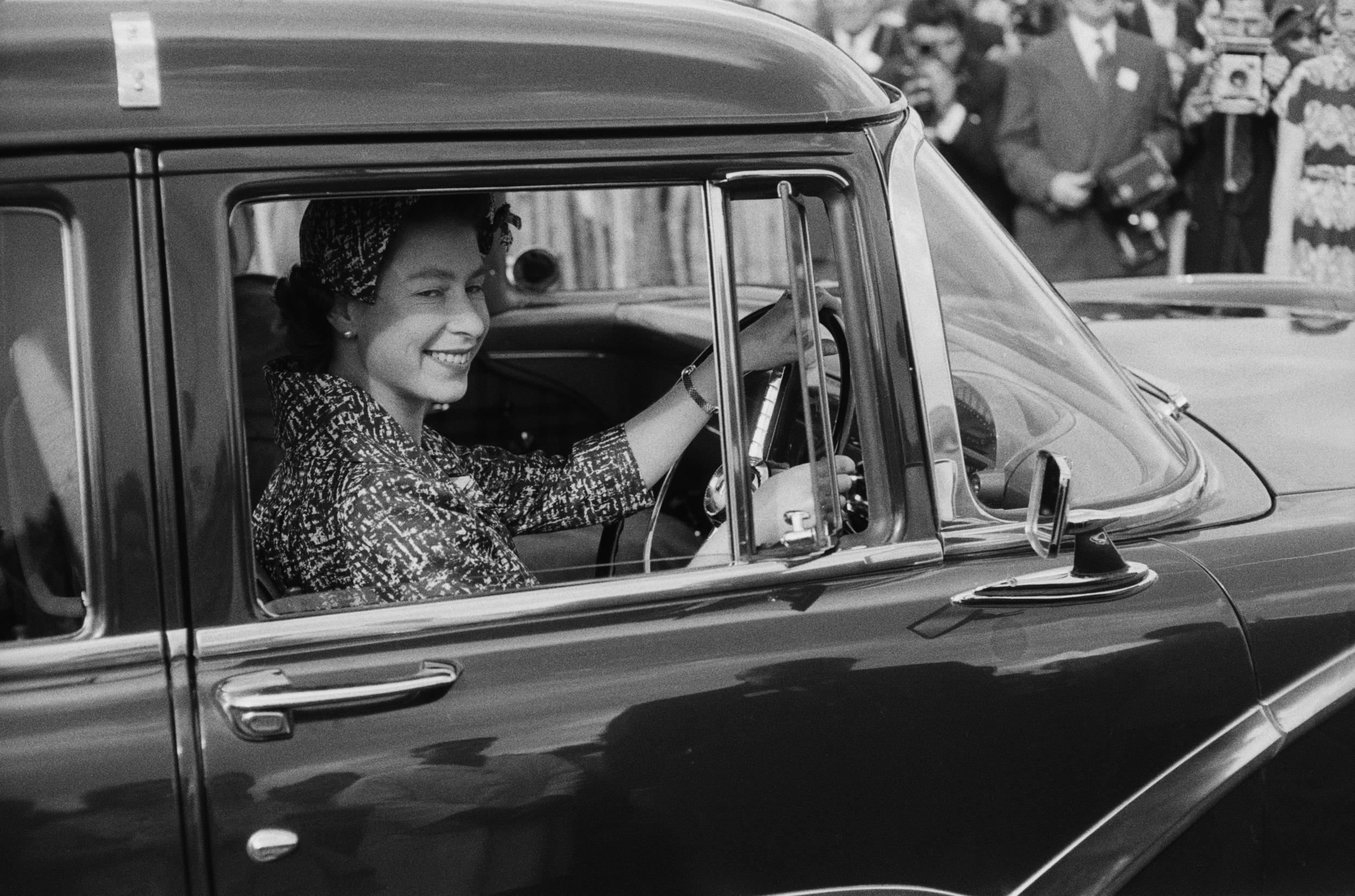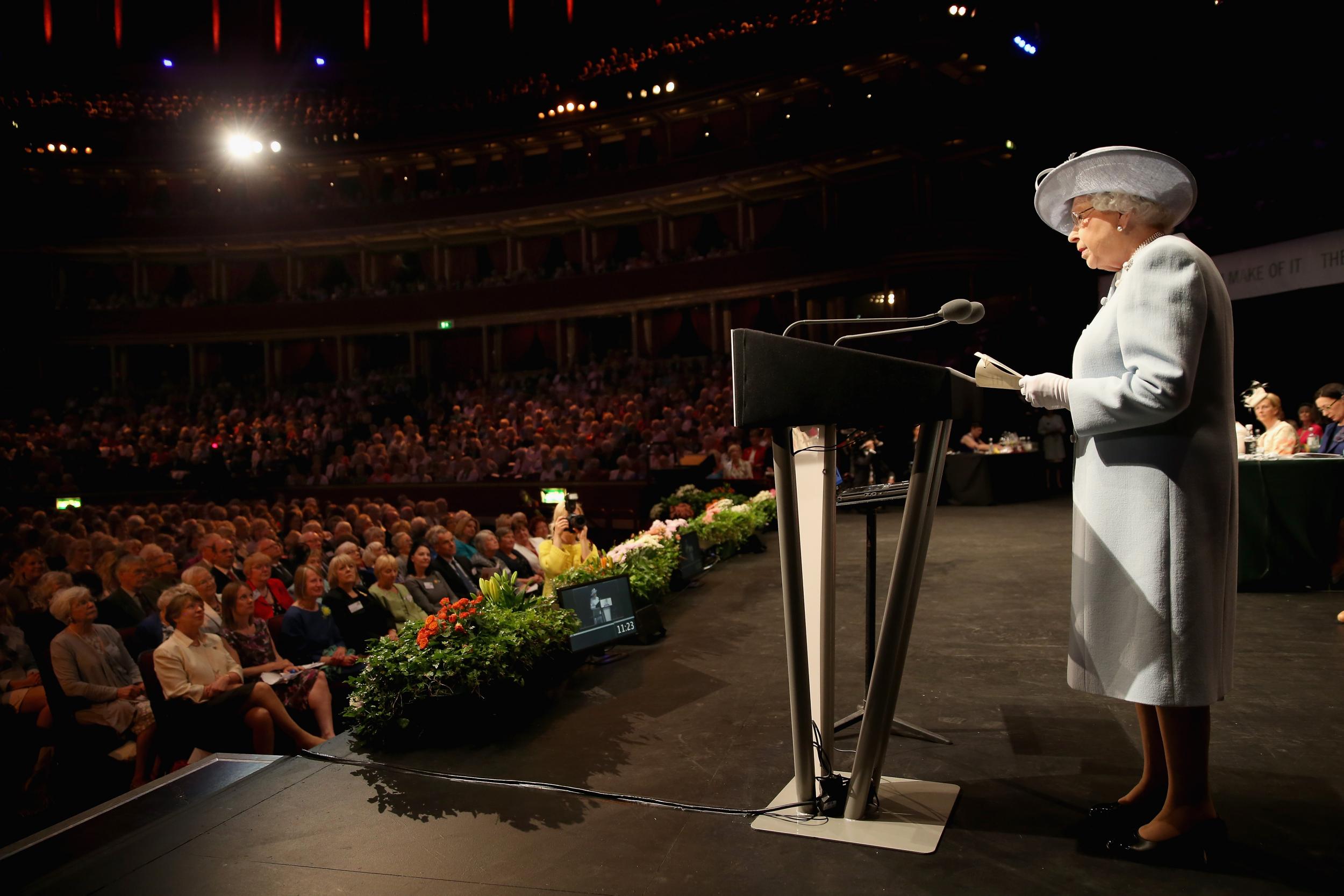Queen Elizabeth II’s best feminist moments
A look back at some of Her Majesty’s most empowering moments
Queen Elizabeth II has died at the age of 96.
The monarch passed away “peacefully” in Balmoral Castle on Thursday 8 September. Her death comes almost a year and a half after the Duke of Edinburgh died on 9 April 2021.
Over the course of her reign, the Queen was the most powerful person in Britain, but she was also one of the most inspiring women in the world.
She was the UK’s longest-serving monarch, recording 70 years on the throne, and despite hardly ever discussing women’s rights, she had a watershed impact on empowering women everywhere throughout her reign.
The Queen was described by many as a feminist icon, including Olivia Colman, who played the monarch in the fourth season of The Crown.
The Oscar winner previously told Radio Times: “[The Queen is] the ultimate feminist. She’s the breadwinner. She’s the one on our coins and banknotes.”
In remembrance of the Queen, we’ve rounded up some of her best feminist moments.
When she took Saudi King Abdullah for a spin in her Land Rover

In 2003, the Queen famously took Abdullah, who died in 2015, for a drive in her Land Rover when he came to visit her in Balmoral, Scotland.
The story was told in a memoir by British diplomat Sir Sherard Cowper-Cowles, who was Ambassador to Saudi Arabia at the time.
“After lunch, the Queen had asked her royal guest whether he would like a tour of the estate,” wrote Cowper-Coles.
“Prompted by his foreign minister the urbane Prince Saud, an initially hesitant Abdullah had agreed. The royal Land Rovers were drawn up in front of the castle. As instructed, the Crown Prince climbed into the front seat of the front Land Rover, his interpreter in the seat behind.
“To his surprise, the Queen climbed into the driving seat, turned the ignition and drove off.”
The move was particularly significant considering women were not yet allowed to drive in Saudi Arabia, and, as Cowper-Coles writes, “Abdullah was not used to being driven by a woman, let alone a Queen”.
When she quietly oversaw the change in royal rules of succession to allow the eldest woman to accede to the throne

In 2011, the Queen oversaw a major change to succession laws as agreed by the leaders of the 16 Commonwealth countries that meant sons and daughters of any future British monarch would have equal rights to the throne.
Up until that point, the laws of succession dictated that the heir to the throne is always the first-born son of the monarch.
But according to the new rules, had the Duke and Duchess of Cambridge had a daughter first, she would have taken precedence to the throne over her younger brothers. As it so happens, the couple had a boy first, Prince George.
When she became the first female member of the Royal Family to join the Armed Services full-time

One of the reasons why the Queen was such a keen driver (she was regularly photographed behind the wheel) is because in 1945 during World War II, she drove trucks and learnt how to repair cars in the Women’s Auxiliary Territorial Service.
She was the only living head of state to have served in the Second World War.
When she gave a brilliant speech at the centenary celebrations of the Women’s Institute in 2015

In June 2015, the Queen opened the 100th annual meeting of the Women’s Institute (WI) at the Royal Albert Hall in London.
The monarch, who became a member of Sandringham WI in 1943, delivered an inspiring speech to more than 5,000 WI members to mark the occasion. In the speech, she highlighted some of the greatest achievements for women in the last 100 years.
“There has been significant economic and social change since 1915,” she said. “Women have been granted the vote, British women have climbed Everest for the first time and the country has elected its first female prime minister.”
She added: “In the modern world, the opportunities for women to give something of value to society are greater than ever, because, through their own efforts, they now play a much greater part in all areas of public life.
“In 2015 it continues to demonstrate that it can make a real difference to the lives of women of all ages and cultural backgrounds, in a spirit of friendship, cooperation and support.”
Every time she stepped out with Prince Philip and he had to walk behind her

When the Duke of Edinburgh was still alive, you may have noticed that he almost always walked behind the Queen.
This is no coincidence. According to tradition, when the royal family is part of a procession, they enter and are seated in the order of precedence, which is the same as the line of succession to the throne.
This means that the Queen always walked in front, followed by Prince Philip, the Prince of Wales and the Duchess of Cornwall, and then the Duke and Duchess of Cambridge and so forth.
After Philip’s death in April 2021, the order of the procession now starts with the Queen, followed by Prince Charles and Camilla, then Prince William and Kate Middleton, and so on.
It might be out of obligation rather than choice, but it’s hard not to feel empowered every time we saw the Queen leading the royal family, both symbolically and literally.
Join our commenting forum
Join thought-provoking conversations, follow other Independent readers and see their replies
Comments


Bookmark popover
Removed from bookmarks